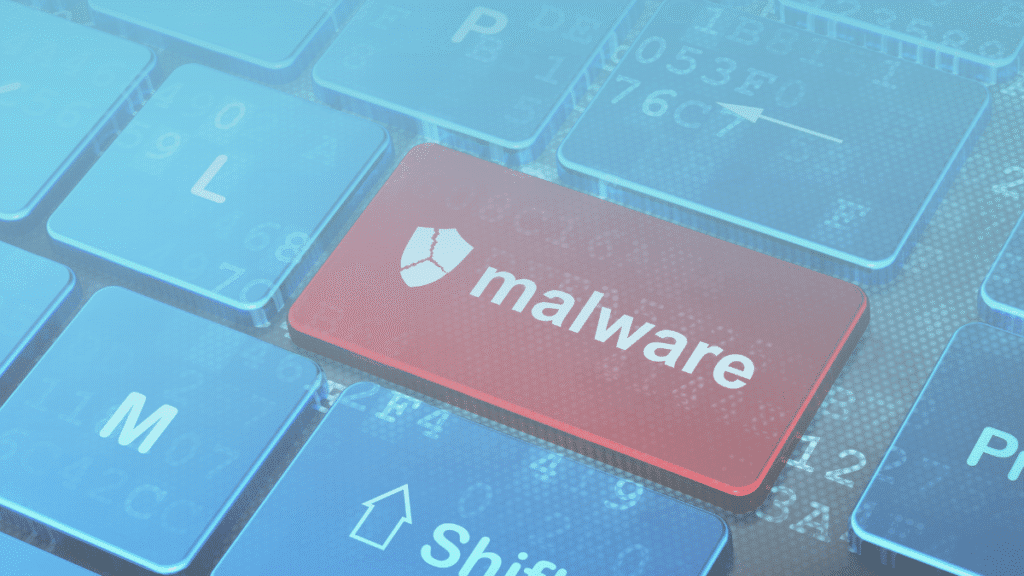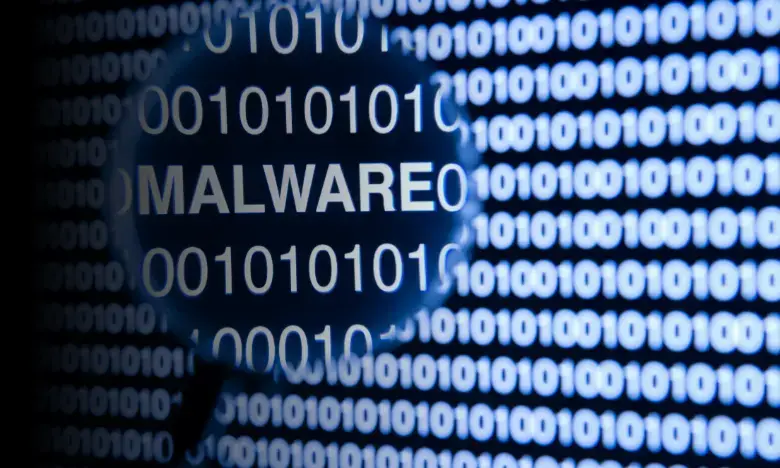Cybersecurity threats are evolving rapidly, and among the rising dangers is a particularly stealthy malware variant known as malware/win.generic.c5762214. In this comprehensive guide, we’ll explore what it is, how it operates, how to detect and remove it, and the best tools for prevention and analysis.
🔍 What Is malware/win.generic.c5762214?
The term malware/win.generic.c5762214 is a generic detection name used by antivirus engines to identify a wide range of malicious programs targeting Windows systems. These threats typically include Trojan downloaders, keyloggers, RATs (Remote Access Trojans), and other malware types that share behavioral similarities.
Unlike signature-based detections that rely on specific file hashes, generic names indicate a match based on suspicious behavior patterns, file structure, or obfuscation techniques.
Trojan.Malware.300983.Susgen is another commonly flagged generic detection name used by several antivirus engines to identify suspicious behavior resembling Trojan activity. While not tied to a specific malware family, this detection typically points to executables that exhibit traits such as unauthorized system modifications, data harvesting, or attempts to connect with remote servers. Much like malware/win.generic.c5762214, files flagged as Trojan.Malware.300983.Susgen often act as droppers or loaders for more complex payloads like ransomware, keyloggers, or remote access tools (RATs).
🚨 Real-World Scenario: How malware/win.generic.c5762214 Works
In 2024, an APT group used malware/win.generic.c5762214 embedded in a fake invoice PDF. Once opened, it triggered a Trojan downloader that installed a RAT and established communication with a Command-and-Control (C2) server. This enabled attackers to steal credentials and monitor the victim’s screen in real time—all while bypassing Windows Defender.
🧠 How malware/win.generic.c5762214 Evades Antivirus Tools
One of the key dangers of malware/win.generic.c5762214 lies in its polymorphic capabilities. It can alter its code to evade traditional antivirus detection. Here’s how it bypasses major tools:
🔄 Common Evasion Techniques:
- Code obfuscation
- Use of encrypted payloads
- Disabling security services
- Registry manipulation
- Fileless attack vectors
🛡️ Top Malware Analysis Tools Compared
| Tool | Strengths | Limitations |
|---|---|---|
| VirusTotal | Fast multi-engine scan | Static analysis only |
| Any.run | Real-time sandbox, interaction tracking | Manual interaction needed |
| Malwarebytes | Good for detection & removal | May miss advanced APT behavior |
| Windows Defender | Built-in and automated | Often bypassed by custom malware |
These tools have varying success in detecting malware/win.generic.c5762214, making it critical to use a combination of sandboxing and multi-engine scans.
🧰 Technical Indicators & Threat Behaviors
To spot malware/win.generic.c5762214 in action, watch for the following IOCs (Indicators of Compromise) and behavioral patterns:
⚙️ Indicators:
- Suspicious .exe or .dll files in
C:\Windows\Temp\ - Unauthorized network traffic to C2 domains
- High CPU usage from unknown processes
- Registry changes in
HKLM\Software\Microsoft\Windows\CurrentVersion\Run - Creation of persistence mechanisms via scheduled tasks
📁 File Types Commonly Affected:
.exe.dll.bat.vbs
🧩 Understanding RATs and Keyloggers in This Malware Family
malware/win.generic.c5762214 often includes Remote Access Trojans (RATs) that allow hackers full access to the infected system. These components may be paired with keyloggers that silently record everything you type—especially banking credentials and email passwords.
Understanding modern cybersecurity threats requires a multi-layered approach, especially when dealing with stealthy variants like malware/win.generic.c5762214. These threats often use sophisticated evasion techniques, making them difficult to detect using traditional antivirus software alone. At the core of any effective threat detection strategy is malware analysis, which involves studying the behavior, structure, and execution patterns of the malware in question.
🕵️♂️ What Makes This Malware Dangerous:
- Remote access for full system control
- Real-time keystroke capture
- Webcam and microphone hijacking
- Credential harvesting from browsers
📖 Case Study: Stealthy Infection in a Law Firm
A mid-sized law firm unknowingly downloaded malware/win.generic.c5762214 through a phishing email disguised as a court order. Despite having Bitdefender installed, the malware bypassed detection using polymorphic obfuscation. Only after a deep behavioral scan with Any.run and MITRE ATT&CK mapping was the RAT discovered and removed.
The Zeus Trojan malware, also known as Zbot, is one of the most notorious and widespread banking Trojans ever discovered. Designed to steal sensitive financial information such as login credentials, credit card numbers, and online banking details, Zeus operates by logging keystrokes and injecting malicious code into web browsers. Unlike more generic threats like malware/win.generic.c5762214, Zeus is a well-documented malware family with numerous variants that have evolved over the years.
🔍 Detection with the MITRE ATT&CK Framework
Mapping malware/win.generic.c5762214 to known MITRE ATT&CK techniques helps analysts understand how the malware moves through a system:
| MITRE Technique | Description |
|---|---|
| T1059 | Command-line interface usage |
| T1027 | Obfuscated files or information |
| T1547 | Boot or logon autostart execution |
| T1003 | Credential dumping |
| T1055 | Process injection |
These insights can help cybersecurity teams create YARA rules and improve threat detection systems.
🧼 How to Remove malware/win.generic.c5762214 (Step-by-Step)
- Disconnect from the internet
- Boot into Safe Mode
- Scan with Malwarebytes and Windows Defender
- Use VirusTotal to scan suspicious files manually
- Run a behavioral analysis on Any.run
- Reset passwords and enable 2FA for all critical accounts
- Restore system from a clean backup
- Apply system updates and security patches

❓ Frequently Asked Questions (FAQs)
❓ What is malware/win.generic.c5762214?
It’s a generic name for malicious software detected based on suspicious behavior rather than a known malware signature.
❓ How do I know if I have this malware?
Look for signs like high CPU usage, new startup entries, or unknown programs running in the background. Use VirusTotal and Any.run for deeper analysis.
❓ Is malware/win.generic.c5762214 a virus or a Trojan?
It’s typically associated with Trojans, RATs, and keyloggers—tools used for remote control, data theft, and spying.
❓ Can Windows Defender detect it?
Sometimes, yes—but malware/win.generic.c5762214 is known to evade traditional defenses. Use sandbox tools and behavioral analysis.
❓ What should I do if I detect this threat?
Immediately isolate the infected system, scan with multiple tools, and investigate C2 traffic and registry changes. Reformat if needed.
🧠 Tips to Prevent Future Infections
- Avoid clicking links from unknown emails
- Use multi-layered security tools
- Keep OS and antivirus software updated
- Regularly back up your data
- Use sandbox tools for testing suspicious files
- Apply YARA rules for proactive detection
📊 Threat Summary Table
| Attribute | Details |
|---|---|
| Detection Name | malware/win.generic.c5762214 |
| Common Payloads | RAT, Keylogger, Trojan Downloader |
| Detection Methods | Behavioral, Heuristic, Generic Signature |
| Common Entry Points | Email attachments, infected downloads |
| Evasion Techniques | Obfuscation, encryption, C2 hiding |
| Common Tools Used | VirusTotal, Any.run, Malwarebytes |
| Mapped MITRE Techniques | T1059, T1547, T1027 |
🏁 Final Thoughts
malware/win.generic.c5762214 exemplifies the evolution of modern cyber threats—stealthy, adaptive, and capable of bypassing even robust security systems. While antivirus tools like Windows Defender and Malwarebytes offer a first line of defense, the best strategy combines sandboxing, MITRE ATT&CK mapping, and proactive threat hunting.
To stay ahead of such malware, leverage VirusTotal, Any.run, and other advanced tools regularly. Equip yourself with knowledge, and your system will be prepared for the next big threat.

